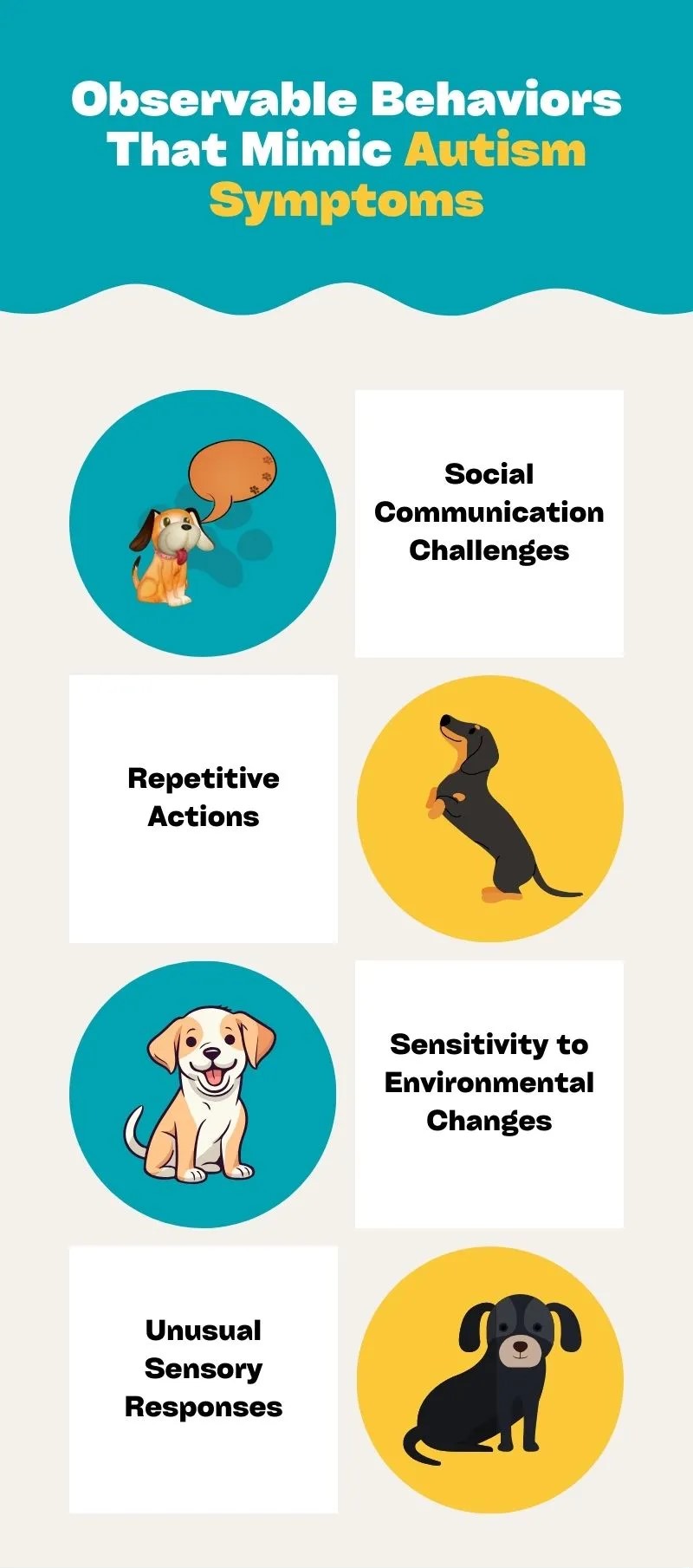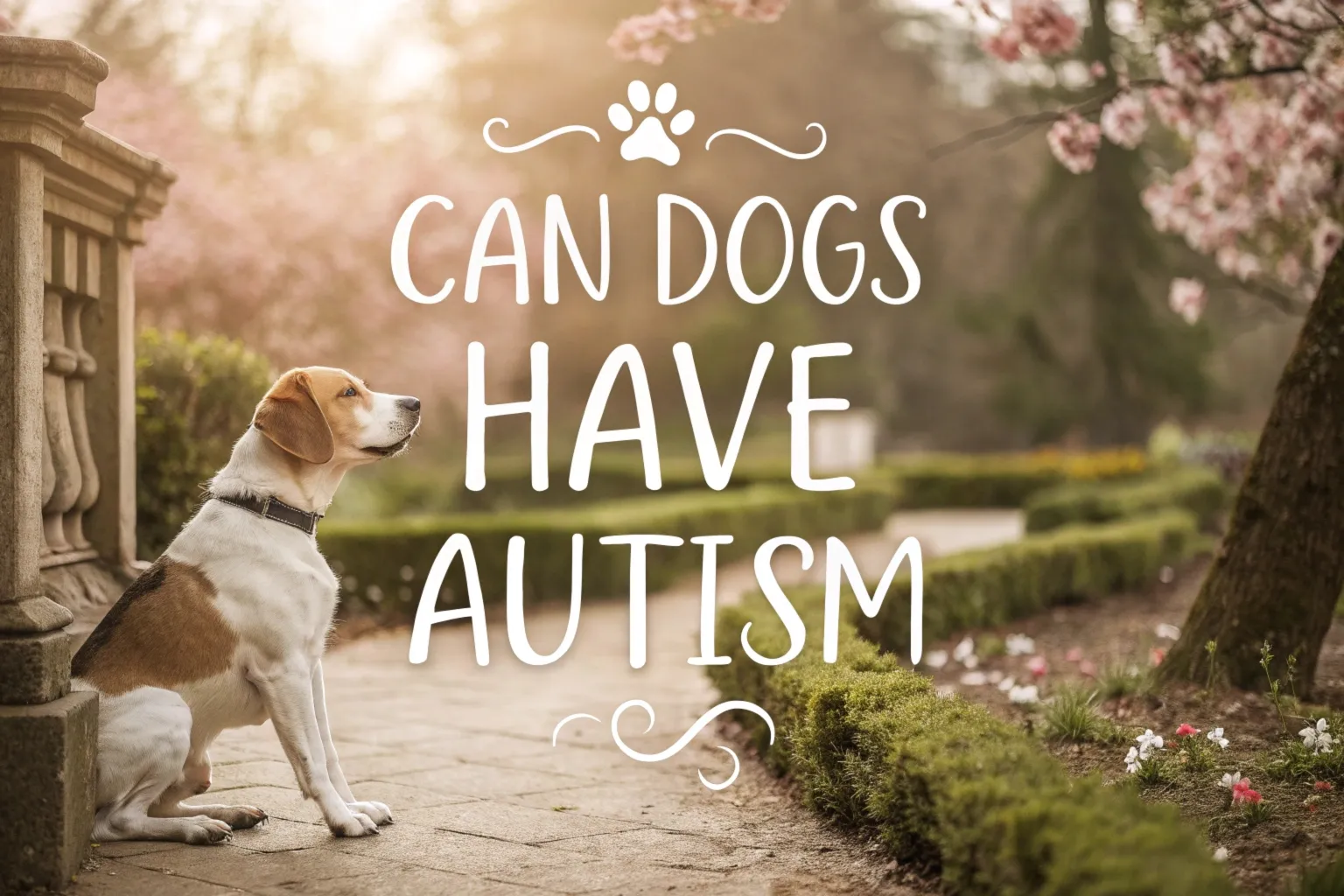The question of whether dogs can have autism has intrigued pet owners, veterinarians, and animal behaviorists for years. While autism spectrum disorder (ASD) is primarily associated with humans, there is growing interest in exploring whether similar behavioral and neurological patterns occur in dogs. This article delves into the current understanding of autism-like behaviors in canines, research findings, and how owners can support dogs with unique behavioral traits.
The Debate Over Canine Autism
The scientific community has not reached a consensus on whether dogs can truly have autism in the way humans do. Unlike humans, there is no official diagnosis of autism in dogs. The term “canine autism” isn’t recognized as a clinical condition in veterinary medicine.
However, researchers and animal behaviorists have identified behaviors in some dogs that parallel characteristics associated with autism in humans. These include repetitive actions, social impairments, and unusual sensory responses.
Research and Evidence
Some studies have investigated potential autism-like behaviors in dogs, with intriguing results. For instance, a study by the American College of Veterinary Behaviorists observed repetitive behaviors such as tail chasing, light chasing, and shadow chasing, along with social impairments similar to those seen in humans with autism.
Another significant study from Tufts University Cummings School of Veterinary Medicine examined genetic links between autism-like behaviors in bull terriers and autism in humans. Certain bull terriers displayed repetitive tail chasing, trancing behaviors, and social difficulties. While these findings suggest parallels, they remain preliminary, requiring more research to draw conclusive links.
Observable Behaviors That Mimic Autism Symptoms

Some dogs exhibit behaviors that may resemble autism symptoms in humans, including:
- Social Communication Challenges: Dogs may avoid eye contact, show limited interest in play, or seem disinterested in social interaction.
- Repetitive Actions: Behaviors like tail chasing, spinning, or pacing might occur frequently.
- Sensitivity to Environmental Changes: Dogs may become stressed or anxious when routines are disrupted or environments change unexpectedly.
- Unusual Sensory Responses: Overreactions to sounds, lights, or textures might be evident, leading to avoidance behaviors.
Alternative Explanations for These Behaviors
While these behaviors may mimic autism-like traits, they often have alternative explanations. Common causes include:
- Anxiety Disorders: Stressful environments or trauma can lead to unusual behaviors.
- Obsessive-Compulsive Disorder (OCD): Repetitive behaviors may stem from OCD rather than autism.
- Lack of Socialization: Insufficient social exposure during critical developmental periods can result in social impairments.
- Breed-Specific Traits: Certain breeds are predisposed to particular behavioral patterns that could be misinterpreted as autism-like.
The Role of Genetics and Brain Development
Research into canine brain development and genetics highlights parallels with human neurodevelopmental conditions. Dogs can experience neurological conditions that influence behavior and social interactions. Although not identical to autism, these findings underscore the complexity of canine neurology and its impact on behavior.
Supporting Dogs with Unique Behaviors
Whether or not a dog has autism-like traits, the focus should be on understanding and supporting their individual needs. Here’s how owners can help:
1. Consult Both a Veterinarian and an Animal Behaviorist
Veterinarians assess potential medical issues, while certified animal behaviorists specialize in diagnosing and managing behavioral factors. Collaborating with both professionals ensures a comprehensive evaluation and tailored care plan.
2. Create a Predictable Environment
Dogs thrive in consistent environments. Maintain routines and minimize sudden changes to help them feel secure.
3. Professional Training and Management
Animal behaviorists can design conditioning plans to address specific behaviors. For example, they may suggest desensitization techniques for sensory sensitivities or redirection strategies for repetitive actions.
4. Provide Enrichment
Offer toys, activities, and quiet spaces tailored to your dog’s preferences. Calming environments can make a significant difference for dogs with unique behavioral needs.
When to Seek Help
If your dog displays unusual or concerning behaviors, it’s vital to consult professionals at K9 University. Your veterinarian can rule out physiological conditions, while a qualified animal behaviorist can identify behavioral causes and provide strategies for improvement. The combined expertise of these professionals is key to understanding and supporting your dog’s well-being.
The Future of Research
As studies on canine behavior and neurology advance, researchers may uncover more about the similarities and differences between human and canine neurological conditions. This knowledge could lead to improved support for dogs with unique behavioral patterns, regardless of whether they’re classified as autism.
Helping Dogs with Unique Behavioral Traits
While there isn’t a clear answer to the question, “Can dogs have autism?” It’s evident that some dogs exhibit behaviors resembling autism traits in humans. Instead of focusing on labels, the priority should be on understanding each dog as an individual.
Collaborating with both veterinarians and animal behaviorists, creating supportive environments, and providing tailored care can ensure dogs with unique behavioral patterns lead happy and fulfilling lives. Through ongoing research and compassionate care, we can continue to deepen our understanding of our canine companions and the remarkable nuances of their behavior.



